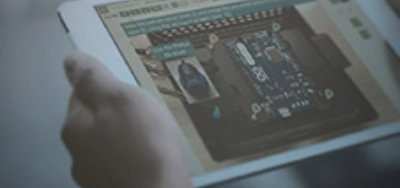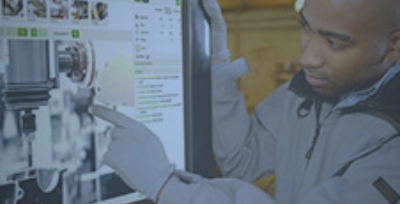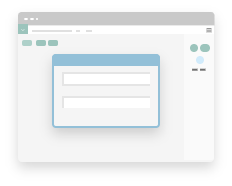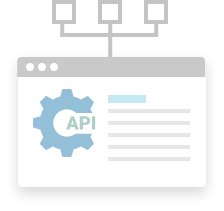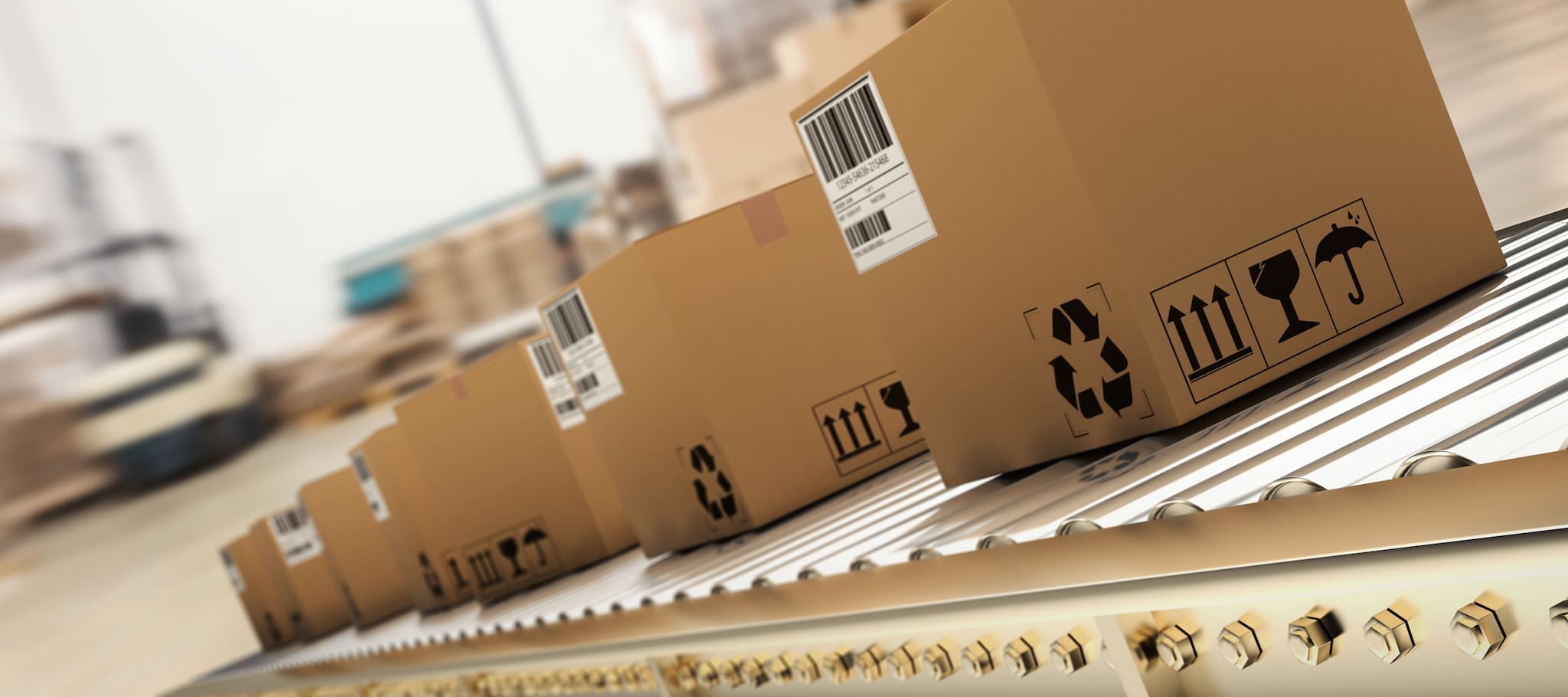5 Types of Production Line
There are 5 types of production lines, each used for different purposes depending on the product being manufactured and how quickly or differently those products are assembled and packaged.
Mass Production Line
Mass production is a type of production where each item being made is identical in form, size, substance, and assembly to the other items being made. There is no variation between products, even if one customer is completely different to the next. An advantage of this type of production line is that customers can be sure that if they purchase one of these items, it will be identical to another iteration of the product even when produced at a different place or time.
An example of a mass production line is the classic Ford automobile popularized by Henry Ford. These cars were famous for having no customization and performing identically, meaning that they could be produced at record speed.
Batch Production Line
Batch production is a type of production in which items are made in groups, or batches. Within a single batch, all products are identical to each other.
An example of a batch production line type is for seasonal products like cans of Coca Cola, where the label has a limited edition holiday design. Each of the cans produced in this holiday batch will have the same design, but the limited edition batches will differ from the regular non-holiday batches in looks (not taste).
Project/Job Production Line
A job production line, also known as a project production line, is a type of manufacturing that customizes workflow based on the orders that come in from other manufacturing clients.
An example of a project production line is almost anything labeled as miscellaneous manufacturing or contract manufacturing. These types of manufacturing will produce things like structural elements within the infrastructure and transportation industries, like railroad tracks. The next job contract will dictate the exact layout and sequence of operations.
Just-In-Time Production Line
Just-In-Time is a type of production line that makes products “just” at the “time” orders are placed, which is why it is also sometimes called “made-to-order”.
An example of a Just-In-Time production line is a restaurant kitchen that responds to diners’ orders as they arrive.
Flexible Manufacturing System (FMS) Production Line
A Flexible Manufacturing System type of production line is a type that is optimized to make customizations on a range of product lines. As it is processed or assembled, the product will progress from one workstation to another, each where a single job action is performed by either humans or machines.
An example of an FMS production line is within cosmetics manufacturing, where one type of product like compact powder can be produced in a variety of shades, sizes, and applications.
